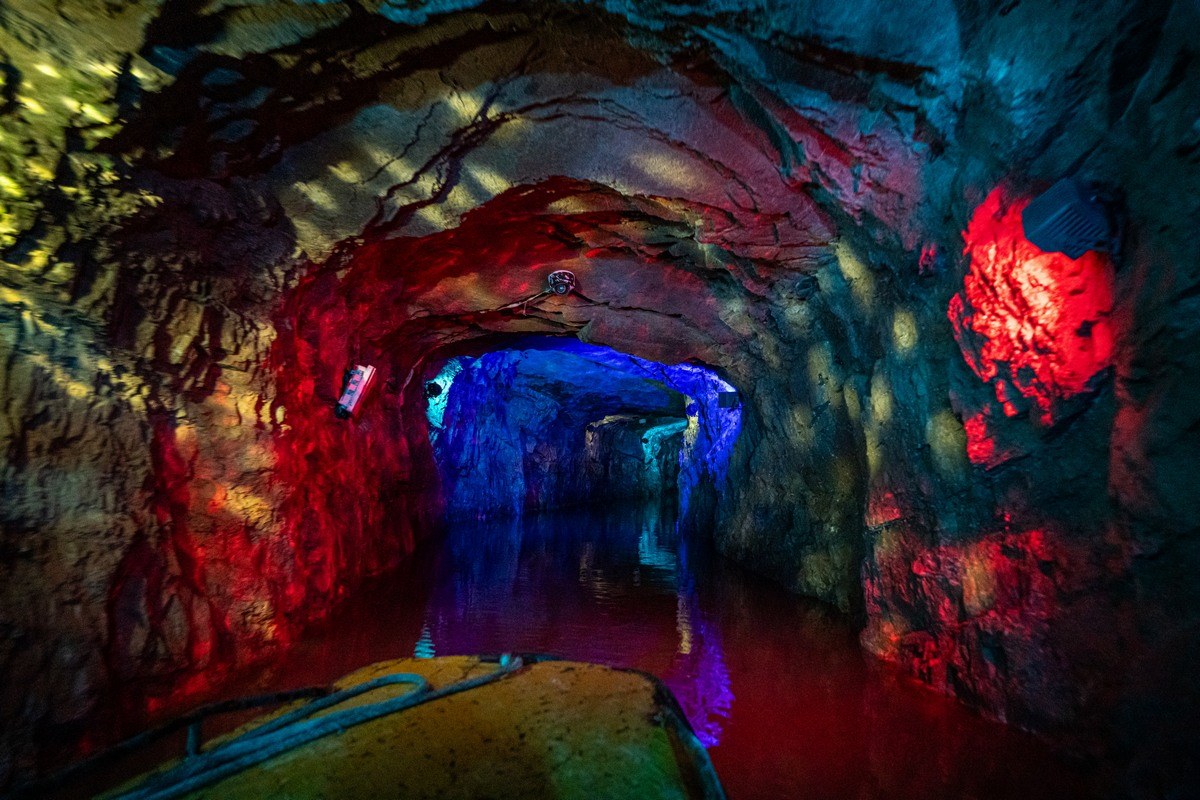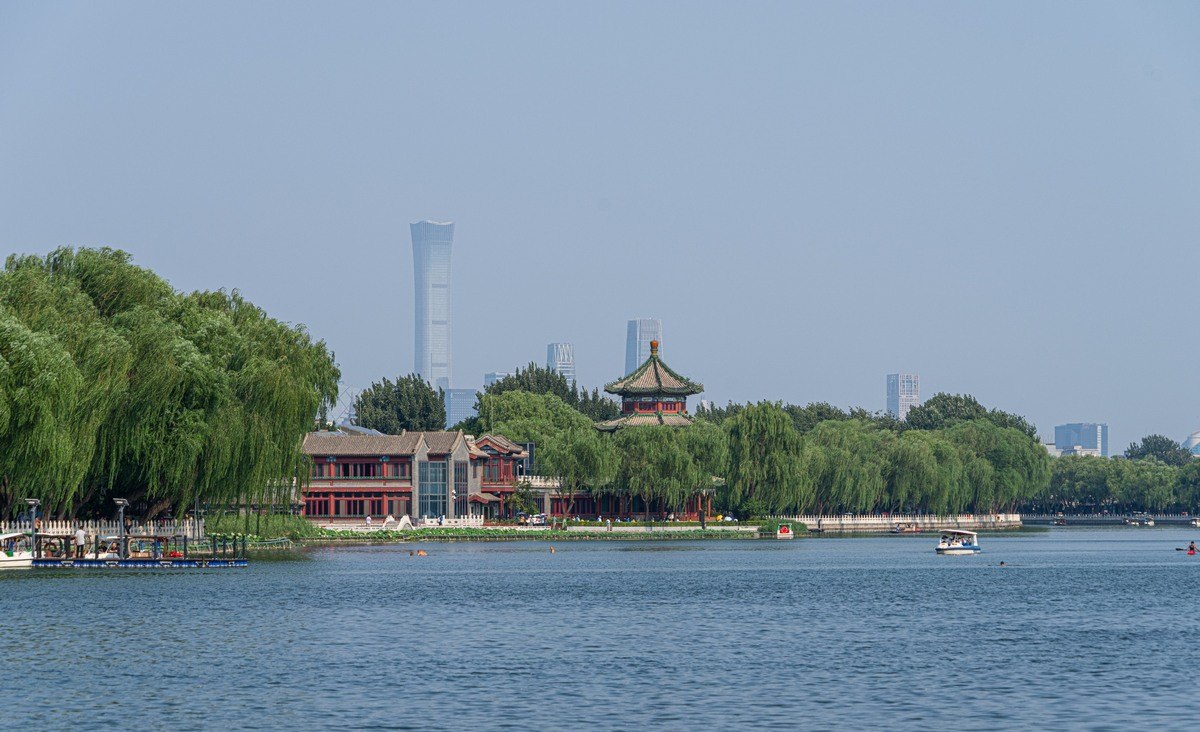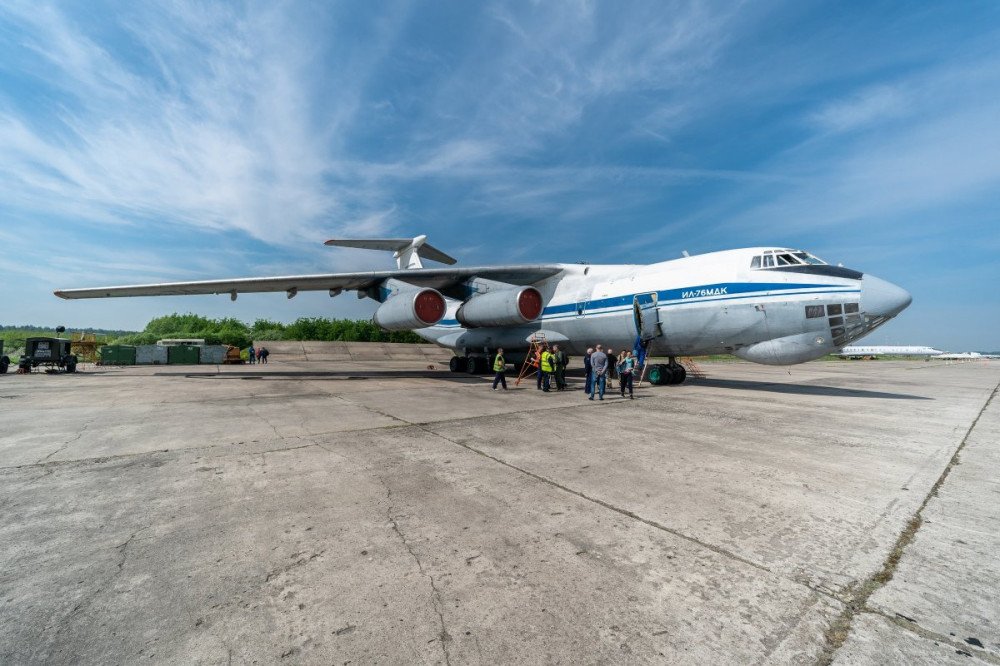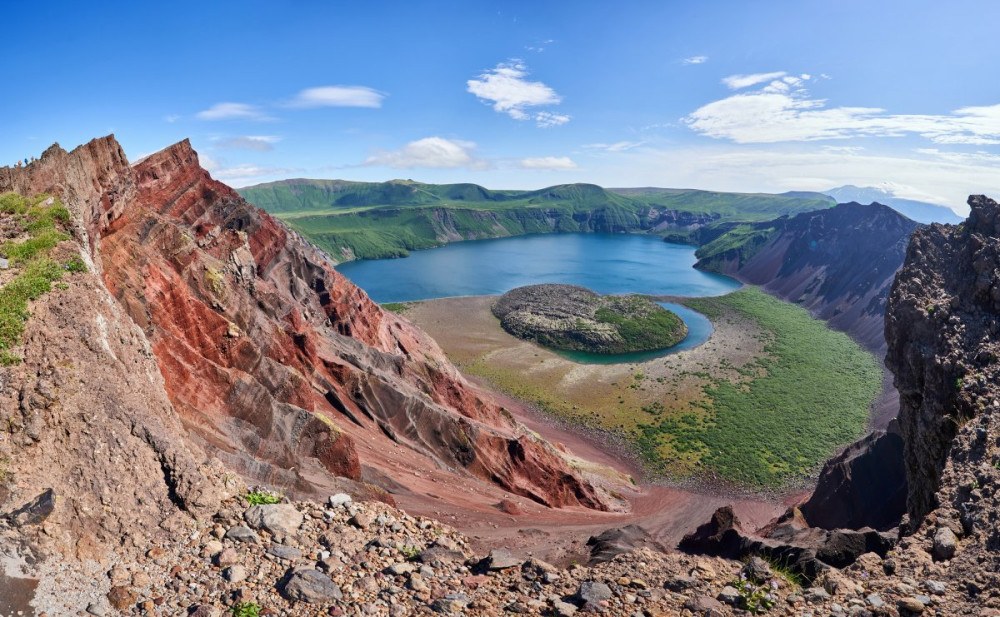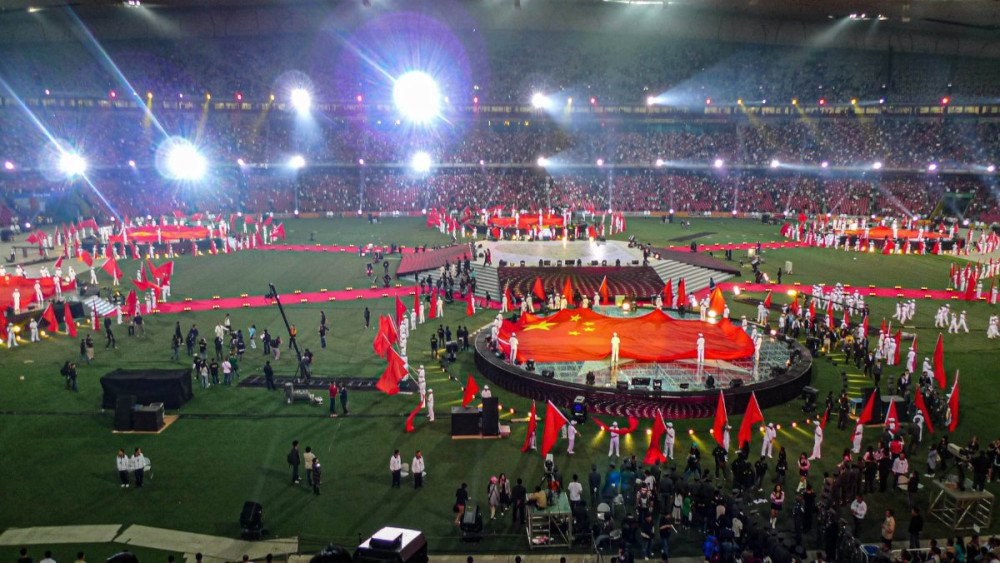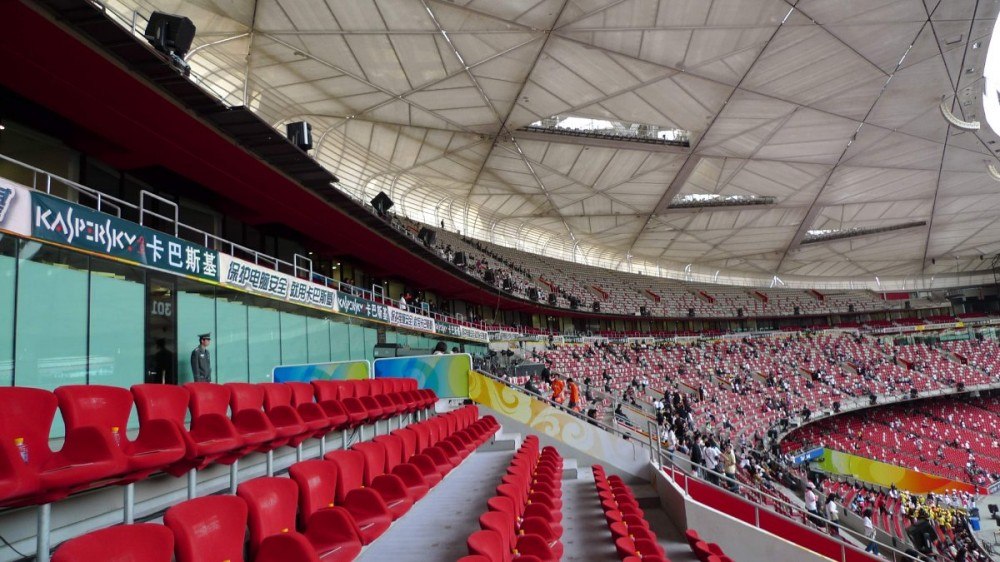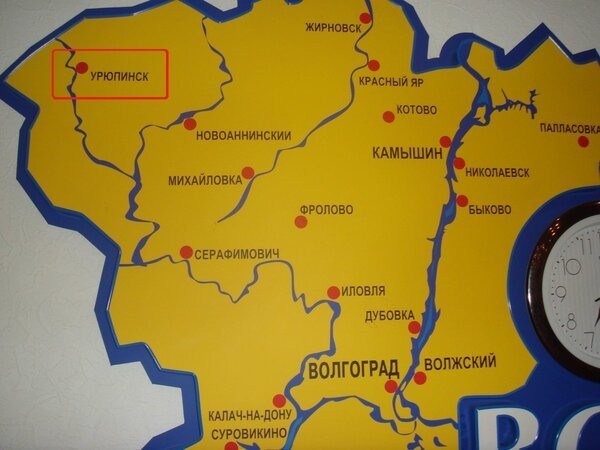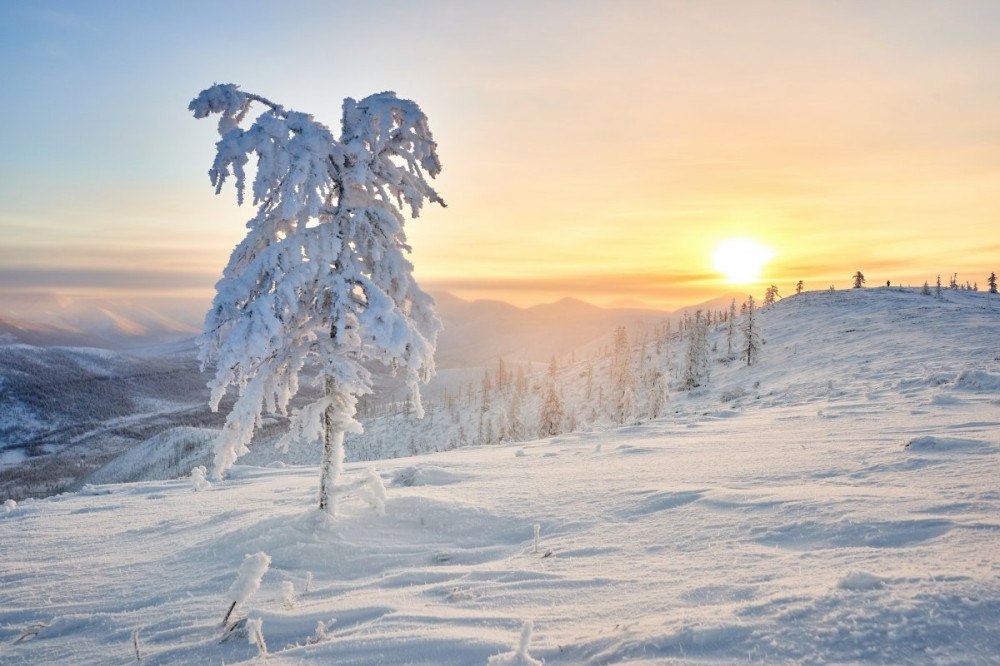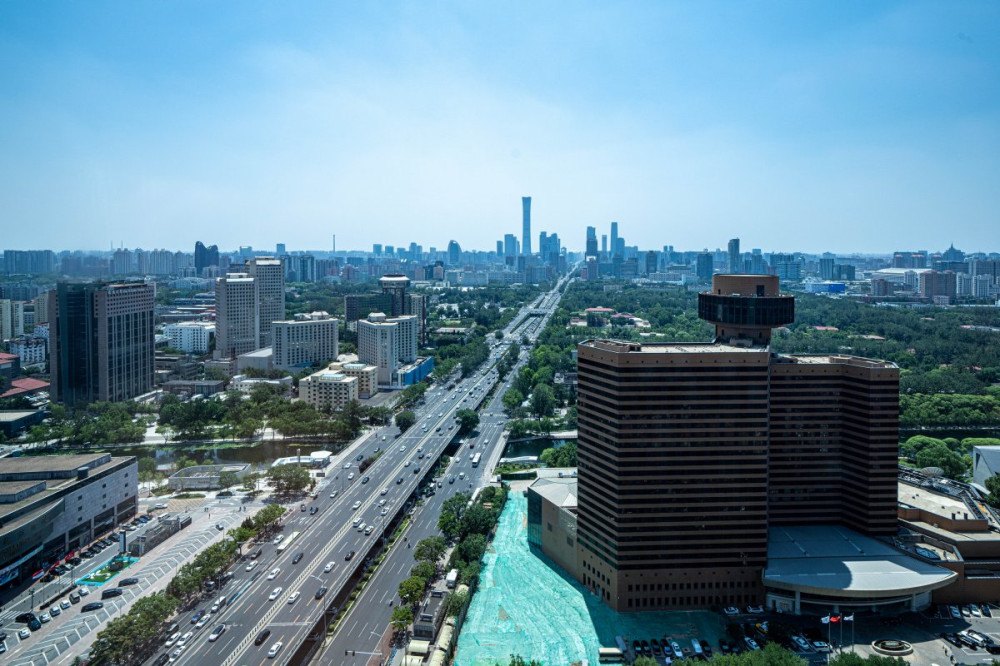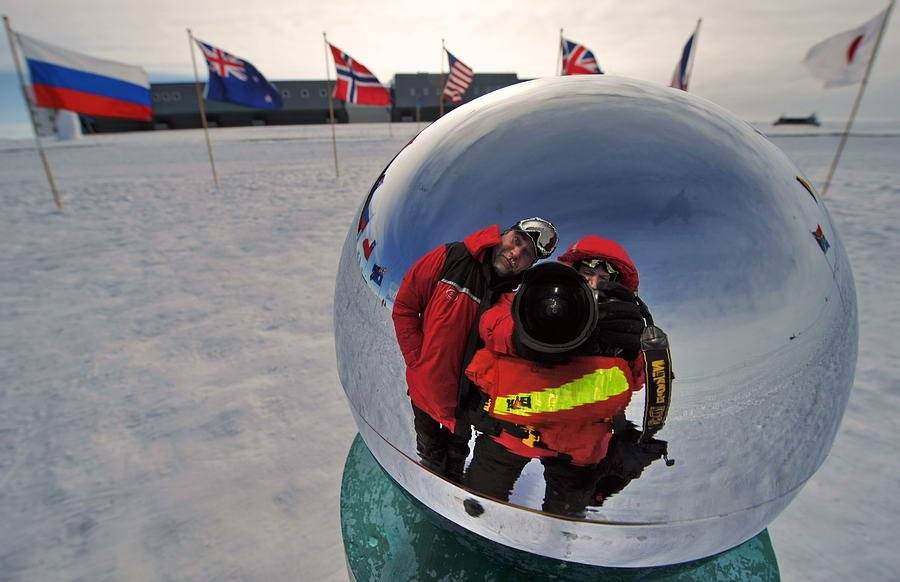Hi folks!
Since there are a few days until my next business trip, followed by two weeks of well-deserved vacationing, there’s a short window to pause, have a think, and come up with a topic that’s both unusual and (I hope) interesting for you, dear readers. And this is what I’ve come up with…
As a company, we’re big into social media. And I personally am big into it too. I’m on Facebook, Twitter, Instagram, LinkedIn and Flickr (besides my own blog, which you’re reading now) – and that’s just in English! I get lots of comments on those different accounts but, alas, I simply don’t have the time to read them all – much less get into discussions there. However, when a bit of free time does appear, I take a good long look. And one such occasion arose recently…
I was browsing through a stack of questions, when one caught my attention in particular. It went: “Why does a billionaire pretend to be a simple tourist?” Another went: “Tell us about the yachts and boats you sail on, what fancy camera you use for all your pics, and how you organize your big events.”
Re camera: I got a Sony Alpha 7 in 2015, and in 2022 I upgraded to a Sony Alpha 1 (pics [plenty of goodies!] only; Russian text). Yes, I like my Sonys.
Re how we organize our big bashes: I’m awaiting full info from our corporate events team. We’ve been putting on big events for decades now, and in recent years they’ve been numbering around 20 per year. So, yes, we know a thing or two about conferences and other big pow-wows and celebrations. Let’s see what they come back with. Meanwhile… check this tag out.
Re yachts and boats, and assorted other expensive pastimes and tourisms, for those that are new to this here blog – I can only disappoint: no yacht, no castle, no soccer team, no jet… None of that’s for me. However, one thing I do like to spend my hard earned rubles on is… – adventure tourism. So, here, I’m going to go over some of that – to introduce it to the newcomers among you, and to refresh the tales-from-the-extreme-tourism-side for the old-timers here…
And I’ll order things from the bottom up: from the deepest oceanic depths and up to the highest mountainous (better – volcan-ous!) heights – and higher!…
Starting with ocean depths – this will be brief. I’m a contemplative-meditative tourist, so I was never too keen on going deep-sea diving. Bathyscaphes and submarines – no thanks: you can hardly see anything when real deep anyway. I need to see something beautiful to contemplate-meditate upon…
Closer to the surface, though there’s visibility, everything’s still somehow rather banal. Sure, I’ll partake in a few scuba dives in, say, Seychelles, Maldives, Australia, or among the Galapagos Islands – but I’m no fan. Accordingly, I can’t report on anything too extravagant in the shallow underwater regard – no matter how exotic the location.
But on the surface of seas and oceans – now that’s more my thing. Evidence? Already three long ship cruises around the Kurils, with daily disembarkations onto the volcanic islands. Yes – I think it’s fair to say that’s exclusive – hardly anyone does the Kurils like that. More exclusivity? Does a trip to Antarctica on a large research vessel with artists from all over the world count? )
Aha – here’s a pic from that expedition. Oh, and can you guess what that land mass on the horizon is called? Look closely ) ->
Read on…
